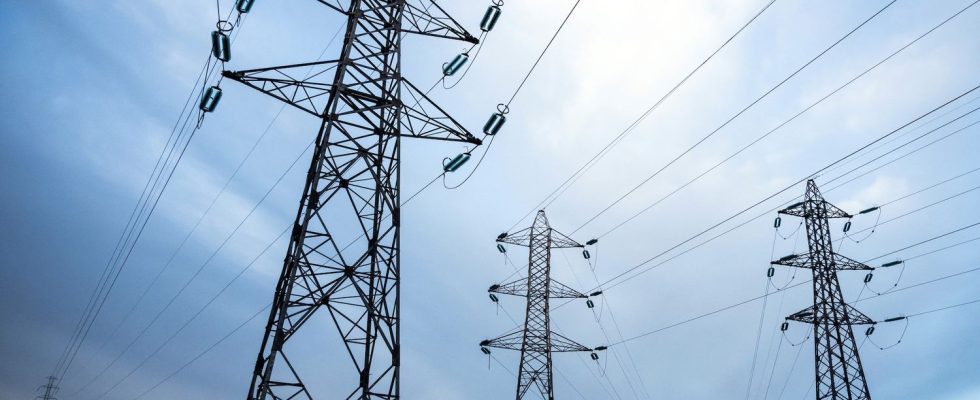The two historic French electricity suppliers emerged victorious from the energy crisis. Customers trusted EDF and Engie rather than their alternative competitors.
Article written by
Posted
Reading time : 1 min.

In times of crisis and soaring prices, we take refuge in sure values. Last year EDF and Engie saw their number of subscribers increase with the signing of new contracts. This is the observation drawn up by the Energy Regulation Commission (CRE). Faced with soaring electricity and gas prices, or quite simply faced with operators who have put an end to their service, such as CDiscount and Leclerc, consumers have been forced to change suppliers or have not wanted take risks and have turned away from the offers offered by alternative operators, preferring regulated and secure tariffs, which are rather reassuring when the boat is rocking. These regulated tariffs which ensure near stability, only EDF and Engie are authorized to offer them.
Between the new installations of homes in their habitat and the changes in contracts, according to the Energy Regulatory Commission, in the fourth quarter of 2022 alone, EDF and Engie won nearly 340,000 electricity customers. . On the gas side, the gain was 51,000. In fact, the market share of incumbent operators exceeds that of alternatives such as TotalEnergies or the Italian ENI, which has been operating in France since the opening to competition. The historic EDF and Engie currently have 71% of the market compared to 69% a year ago. Competition fell to 29% market share against 31% a year earlier.
Same movement on the part of companies
The trend is the same among professional customers, but to a lesser extent. Still according to CRE, incumbent operators saw an influx of 66,000 new business customers last year, while alternative companies saw their order books lose 49,000 sites.
Another lesson from the energy crisis with soaring prices: the change of supplier by customers fell by some 3% over one year. A good argument for opponents of opening up to competition, particularly in sectors that are more than others confronted with price volatility directly linked to the international situation.
